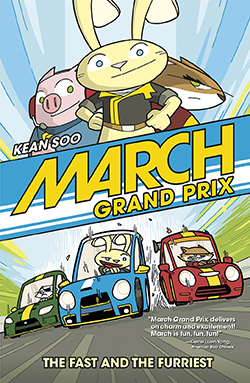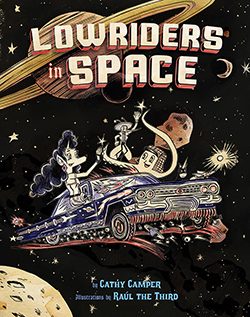Modern cars first hit the road over 100 years ago, changing the course of history by revolutionizing the way humans traveled. Even before Ford's Model T made driving accessible to the masses, enthusiasts were racing their homemade automobiles against one another, capturing the public’s attention and fascination. Since then, car culture and racing have become global phenomena, from Formula 1 in Europe and NASCAR in the United States to thousands of gearheads the world over. Comics about cars mostly depict the thrilling, high-speed contests between drivers willing to risk death for glory, as well as all the off-road drama that accompanies them. Many creators also strive for technical verisimilitude, faithfully portraying a particular model down to the smallest detail, often to stunning results.
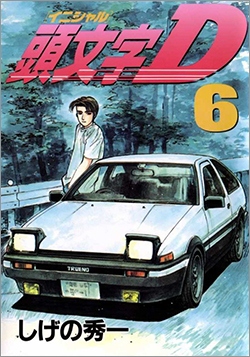
Initial D
Takumi Fujiwara seems like any other aloof teenager, but he's a demon behind the wheel of his Toyota AE86 thanks to years of delivering tofu along treacherous mountain roads in Japan’s Kantō region. He's eventually pulled into the world of illegal street racing, where he dominates his opponents with his superlative drifting technique. The series was adapted into a number of animated series and movies (known as Stages), as well as a live action film in 2005.
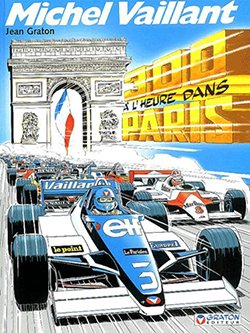
Michel Vaillant
A family-owned automobile business decides to enter Formula 1 racing, with the founder, Henri Vaillant, managing and his son, Michel, driving. The series follows the Vaillant team as they compete in Europe and abroad, and includes accurate depictions of real world locations, people, and models. A live action TV series based on the comic aired in 1967, as well as an animated series in 1990, and a live action film in 2003. Real cars have even been inspired by designs from the comic.
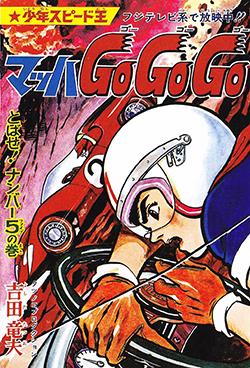
Speed Racer
Yoshida created Speed Racer (known as Mach GoGoGo in Japan) after finding success with another racing series, Pilot Ace. He gave the new comic—about a young race car driver with a gadget-filled car—a flair inspired by 1960s American pop culture. Though the comic only lasted two volumes, it was adapted into a highly successful animated series in 1967 that was one of the first to achieve popularity outside of Japan. Sequels and spin-offs have followed throughout the years, including a live action Hollywood adaptation in 2008.
March Grand Prix: The Fast and the Furriest
Soo’s all-ages comics stars March Hare, a rabbit who never slows down, whether he's driving along desert roads, speeding down a racetrack, or delivering his sister’s baked goods. Along with his mechanic, Hammond, March is determined to be the fastest around and have the most fun doing it. Collects ‘The Race at Harewood,’ The Baker’s Run,’ and ‘The Great Desert Rally.’
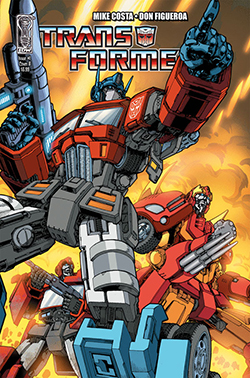
Transformers
Based on the popular toy line and animated series, the Transformers comic follows the battles between the Autobots and Decepticons, giant robotic aliens that can transform into various vehicles, mostly cars and trucks. The original series was published by Marvel, then Dreamwave Productions, and finally IDW (where it is published today), along with various smaller publishers sprinkled throughout. An animated film was released in 1986, as well as four live action adaptations in 2007, 2009, 2011 and 2014.
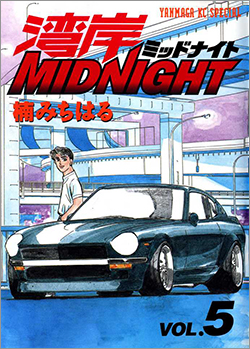
Wangan Midnight
Akio is a gearhead who spends his nights cruising the ‘Wangan,’ a stretch of road in Japan infamous for its street racing scene. After a particularly nasty crash, he comes into possession of a souped-up Nissan Fairly Z (S30) with a “cursed” history. The series (Kusunoki’s second driving comic after Shakotan Boogie), follows Akio as he uses his new car to rule the Wangan. A second series, Wangan Midnight: C1 Runner, ran from 2009–2012, and a third, Wangan Midnight - The Final Stage, began in 2014. An animated adaptation aired from 2007–2008, and a live-action film was released in 2009.
Lowriders in Space
Three car freaks take to restoring an aging lowrider in the hopes of winning a competition and earning enough money to open their own shop. The friends, Lupe Impala (an Impala), El Chavi Flapjack (an octopus), and Elirio Malaria (a mosquito), trick out their entry with rockets and solar shielding to make it a cosmos-worthy machine. The comic brings together Hispanic lowrider culture with astronomy and aeronautics for one wild ride. A sequel, Lowriders to the Center of the Earth, was released in July 2016.
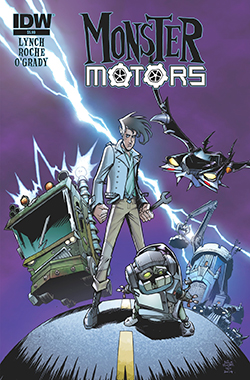
Monster Motors
Classic horror movie staples are reimagined as cars in Lynch and Roche’s all-ages mash up. The comic centers on a young mechanic and his “Frankenride,” a vehicular behemoth made from parts of other cars. Frankenride is a force of good in the town of Transylvania, Ken., which has recently been overrun with threats like gas-sucking vampire cadillacs, Moon-powered werewolf cars, and undead "Zoombies."
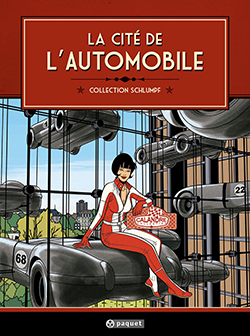
Paquet’s Calandre Collection
After finding success with Le Mystère de la Traction 22 in 2009, French publisher Paquet started Calandre Collection (“Grill Collection”), an imprint devoted entirely to car comics. The line has put out numerous graphic novels featuring both classic and modern automobiles, with an emphasis on real world accuracy, notably in the extensive use of the clear line art style.
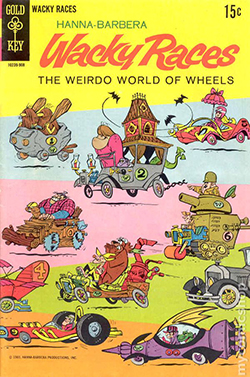
Wacky Races: The Weirdo World of Wheels
Based on the classic Hanna-Barbera cartoon, which follows Dick Dastardly and his dog Muttley as they vie for racing supremacy amidst a lineup of zany racers like the Slag Brothers and Penelope Pitstop. Hijinks ensue regularly, with victory frequently slipping from Dastardly’s grasp. In 2016, DC Comics announced Wacky Raceland, a new, Mad Max-influenced title, as part of its upcoming Hanna-Barbera Beyond line.
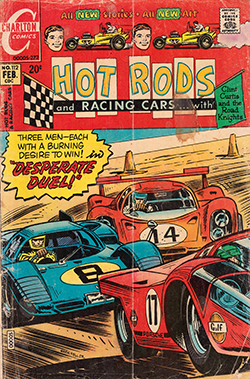
The Works of Jack Keller
Known for his extended tenure on Marvel’s Kid Colt, Keller also illustrated comics for Charlton based on cars and driving (particularly hot rods) which was a personal passion of his. These series include Hot Rods and Racing Cars, Drag ’n’ Wheels, Teenage Hotrodders, and World of Wheels. Later, he drew DC’s Hot Wheels comic. The myriad titles represent some of the earliest examples of cars in comics.
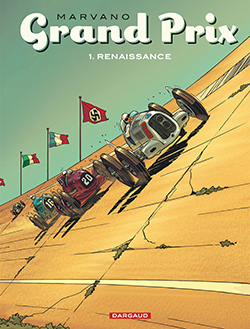
Grand Prix
Marvano’s historical racing trilogy takes place in Europe in the years between World Wars I and II, and portrays Hitler’s use of the popular sport in his rise to power. The story follows historical figures both on and off the racecourse, who continued racing even as the world around them descended into war. Along with his meticulous depiction of the supercharged voiturettes, Marvano captures the tumultuous era in racing history.



